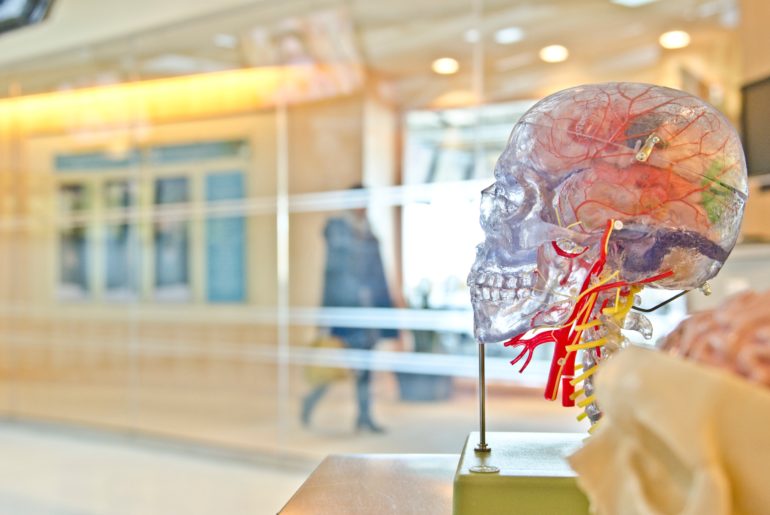 A new cross-sectional study by Prabha Siddarth et al. found that the number of hours of sitting per day is inversely correlated with medial temporal lobe (MTL) thickness. In simpler terms, the more you sit, the thinner your MTL and its subregions (entorhinal cortex, parahippocampal cortex, and subiculum). This is important because the MTL plays a key role in memory function and a decrease in MTL has been linked to memory disorders such as Alzheimer’s disease.
A new cross-sectional study by Prabha Siddarth et al. found that the number of hours of sitting per day is inversely correlated with medial temporal lobe (MTL) thickness. In simpler terms, the more you sit, the thinner your MTL and its subregions (entorhinal cortex, parahippocampal cortex, and subiculum). This is important because the MTL plays a key role in memory function and a decrease in MTL has been linked to memory disorders such as Alzheimer’s disease.
The study was conducted at UCLA in the Semel Institute for Neuroscience and Human Behavior and participants consisted of middle-aged and older adults aged 45-75. Participants were extensively screened through the Mini-Mental State Examination, BMI, APOE genotyping, and the Hamilton Ration Scales for Depression and Anxiety. Participants were excluded if they had, “a lifetime history of dementia, major psychiatric or neurologic disorders, alcohol or substance abuse, head trauma or systemic disease affecting brain function, or uncontrolled hypertension or cardiovascular disease”, or if they had anxiety or depression disorders.

Participants completed a validated self-reported questionnaire (The IPAQ-E) to record the amount of time spent sitting and in physical activity. In addition, each participant had an MRI scan to measure the MTL and its subregions.
Statistical analysis of the MRI’s and IPAQ-E showed that there was an association between sedentary behaviour and decreased thickness in the MTL and its subregions. However, why there is an association between sedentary behaviour and MTL thickness is still unknown.
We know that if you are highly sedentary, even if you get the recommended levels of physical activity, you are still at greater risk for cardiovascular disease, type two diabetes, and cancer. Similarly, this study found that physical activity does not combat the negative effect on the brain that sitting causes.
 Although previous studies have found an association between physical activity and a reduced risk of Alzheimer’s, surprisingly, this new study did not find an association between physical activity and MTL thickness. The authors suggest that one possible reason no association was found is due to the low sample size of this study.
Although previous studies have found an association between physical activity and a reduced risk of Alzheimer’s, surprisingly, this new study did not find an association between physical activity and MTL thickness. The authors suggest that one possible reason no association was found is due to the low sample size of this study.
These findings shed a light on another reason why too much sitting is bad for us. However, due to the cross-sectional design of the study, it is important to keep in mind that this study does not prove causation. In other words, we cannot conclude that too much sitting causes Alzheimer’s disease. It may indeed do just that, but future studies need to be conducted in order to prove it.
This blog post was written by Jennifer Warren, a member of the BeUpstanding™ team.










Comments are closed.